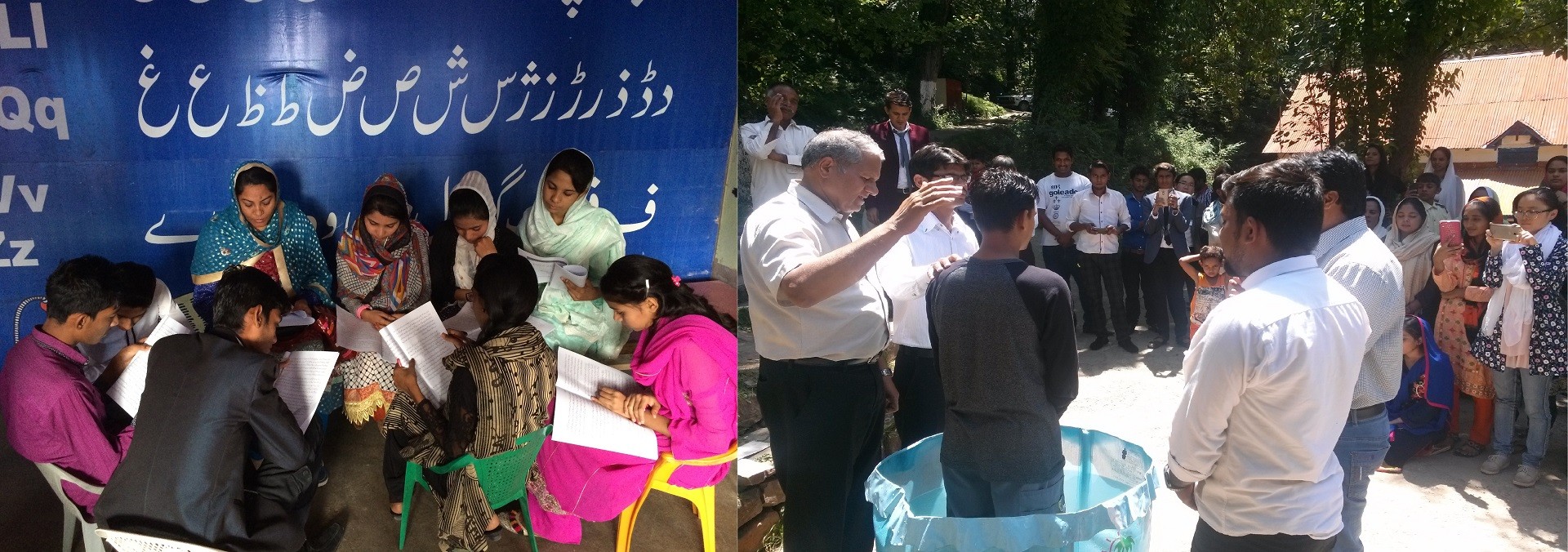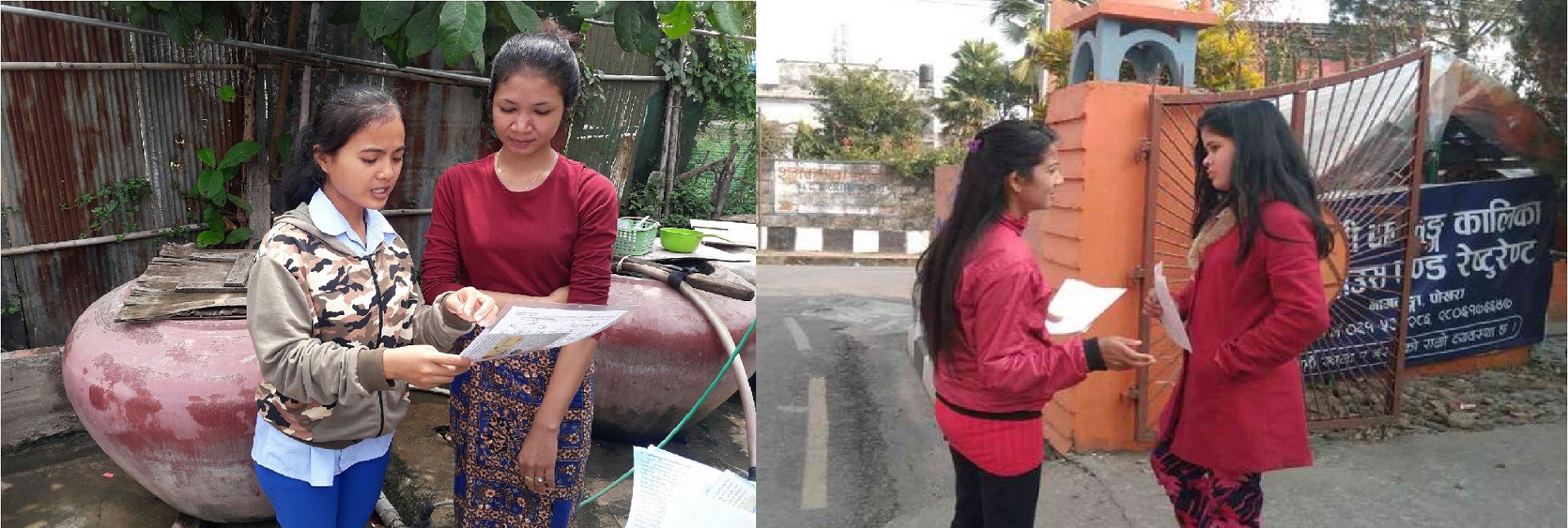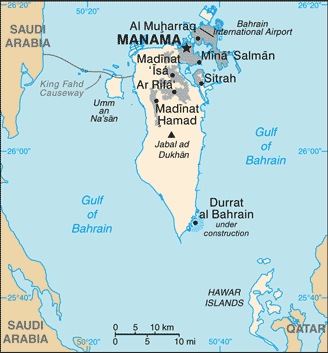Bahrain
Background:
In 1783, the Sunni Al-Khalifa family captured Bahrain from the Persians. In order to secure these holdings, it entered into a series of treaties with the UK during the 19th century that made Bahrain a British protectorate. The archipelago attained its independence in 1971. Facing declining oil reserves, Bahrain has turned to petroleum processing and refining and has become an international banking center. Bahrain’s small size and central location among Persian Gulf countries require it to play a delicate balancing act in foreign affairs among its larger neighbors. The Sunni-led government has struggled to manage relations with its large Shia-majority population. In early 2011, amid Arab uprisings elsewhere in the region, the Bahraini Government confronted similar protests at home with police and military action. The aftermath led to modest reforms, though continued dissatisfaction by Bahraini oppositionists with the extent of the reforms, has led to a broader dialogue between government officials, political societies, and legislators.
Locations:
Middle East, archipelago in the Persian Gulf, east of Saudi Arabia
Area:
760 sq km
Climate:
Arid; mild, pleasant winters; very hot, humid summers
Ethnic Groups:
Bahraini 46%, Asian 45.5%, other Arab 4.7%, African 1.6%, European 1%, other 1.2% (includes Gulf Co-operative country nationals, North and South Americans, and Oceanians) (2010 est.)
Language:
Arabic (official), English, Farsi, Urdu
Religion Structure:
Muslim 73.7%, Christian 9.3%, Jewish 0.1%, other 16.9% (2017 est.)
Population:
1,505,003 (July 2020 est.)
country comparison to the world: 154
Age Structure:
0-14 years: 18.45% (male 141,039/female 136,687)
15-24 years: 15.16% (male 129,310/female 98,817)
25-54 years: 56.14% (male 550,135/female 294,778)
55-64 years: 6.89% (male 64,761/female 38,870)
65 years and over: 3.36% (male 25,799/female 24,807) (2020 est.)
Economy:
Bahrain has taken great strides in diversifying its economy and its highly developed communication and transport facilities make Bahrain home to numerous multinational firms with business in the Gulf. As part of its diversification plans, Bahrain implemented a Free Trade Agreement (FTA) with the US in August 2006, the first FTA between the US and a Gulf state. Bahrain’s economy, however, continues to depend heavily on oil. Petroleum production and refining account for more than 60% of Bahrain’s export receipts, 70% of government revenues, and 11% of GDP. Other major economic activities are production of aluminum – Bahrain’s second biggest export after oil – finance, and construction. Bahrain competes with Malaysia as a worldwide center for Islamic banking and continues to seek new natural gas supplies as feedstock to support its expanding petrochemical and aluminum industries. In 2011 and 2012, Bahrain experienced economic setbacks as a result of domestic unrest, however, several factors indicate that the economy is beginning to recover, such as the return of the formula one race and tourist cruise ships to Bahrain. Economic policies aimed at restoring confidence in Bahrain’s economy, such as the suspension of an expatriate labor tax and frequent bailouts of Gulf Air, will make Bahrain’s foremost long-term economic challenges – youth unemployment and the growth of government debt – more difficult to address.
GDP (purchasing power parity):
$71.17 billion (2017 est.)
GDP – per captia (PPP):
$49,000 (2017 est.)
Source:
CIA World Factbook







